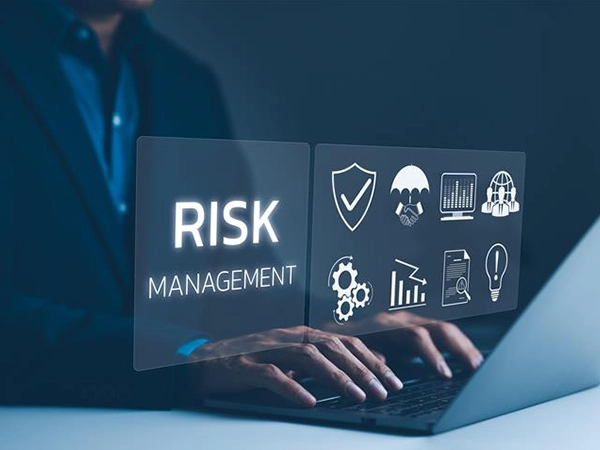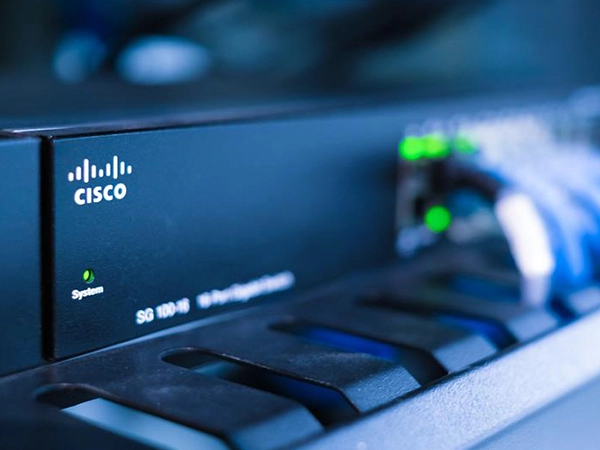The roar of a jet engine is now accompanied by the silent hum of data servers. India’s aviation sector, one of the fastest growing in the world, is undergoing a profound digital transformation. From biometric boarding systems to sophisticated air traffic management software, technology has become the nerve center of flight operations.
But with great digital power comes great digital vulnerability. High-profile incidents, from data breaches to ransomware attacks on airlines and airports globally, have driven the crucial recognition that cybersecurity is no longer an IT issue; it is a Flight Safety issue.
This is where the Directorate General of Civil Aviation (DGCA) steps in. As the primary regulatory body, the DGCA is working to build a robust regulatory fence around India’s digital skies, ensuring the safety and resilience of this critical national infrastructure.
The Imperative: Why the DGCA is Focusing on Cyber
The DGCA’s push for comprehensive cybersecurity guidelines is rooted in international standards (primarily ICAO Annex 17) and the harsh reality of the modern threat landscape:
- Safety of Operations: Cyberattacks can target Air Traffic Control (ATC), navigation systems, or maintenance platforms, directly jeopardizing the safety of flights.
- National Security: Airports and Air Navigation Service Providers (ANSPs) are designated critical infrastructure. A coordinated attack could cripple the nation’s transport system.
- Data Protection: Airlines and airports handle massive volumes of sensitive passenger and operational data, which must be protected under evolving data protection laws, such as the Digital Personal Data Protection Act, 2023.
The DGCA’s Regulatory Framework: Pillars of Compliance
While the specific Civil Aviation Requirements (CARs) on cybersecurity are continually being refined and implemented, they generally align around several core pillars that aviation stakeholders must adhere to:
Pillar 1: Risk-Based Cyber Security Management System (CSMS)
The DGCA mandates that organizations adopt a structured, systematic approach to managing cyber risk. This moves beyond basic IT security to a formal Cyber Security Management System (CSMS), which includes:
- Identification: Map all critical IT and OT assets—from flight planning to baggage handling—and identify vulnerabilities.
- Risk Assessment: Conduct regular assessments measuring likelihood × impact on safety and continuity.
- Mitigation & Protection: Implement proportionate controls—encryption, segmentation, multi-factor authentication, and continuous monitoring.
Outcome: A living CSMS that integrates seamlessly into the broader Safety Management System (SMS).
Pillar 2: Incident Reporting and Response
In the digital realm, a breach is a matter of when, not if. The DGCA guidelines focus heavily on ensuring rapid and coordinated action when an incident occurs:
- Mandatory Reporting: Operators are typically required to establish clear protocols for reporting cyber incidents immediately to the DGCA and other relevant national bodies like CERT-In.
- Response Plan: A robust Cyber Incident Response Plan (CIRP) must be in place and regularly tested through mock exercises and drills. The ability to isolate the affected system and restore operations quickly is a key compliance metric.
- Forensics and Learning: After an incident, organizations must conduct thorough forensic analyses to identify the root cause, take corrective action, and share lessons learned to prevent future occurrences.
Goal: Rapid isolation, minimal downtime, and sector-wide learning.
Pillar 3: Personnel and Culture
The human element remains the weakest link. The DGCA emphasizes that cybersecurity is a collective responsibility:
- Mandatory Training: Comprehensive, periodic cybersecurity awareness training for all employees—from the cockpit to the check-in counter—is non-negotiable. This is particularly vital to combat social engineering and phishing attacks.
- Competence and Resources: Organizations must ensure they have adequate, competent personnel—or contracted services—dedicated to managing their CSMS, equipped with the necessary tools and budget.
Mindset: Every employee is part of the firewall
Pillar 4: Supply Chain and Third-Party Risk
The digital sky is a network of interdependence. Breaches often originate through vulnerable suppliers (e.g., MRO providers, software vendors, data link providers). DGCA’s framework requires:
- Vendor Vetting: Conducting rigorous cybersecurity due diligence on all third-party vendors and service providers.
- Contractual Clauses: Ensuring that contracts with suppliers include specific, measurable cybersecurity requirements and audit rights.
Principle: Cyber trust must be verified, not assumed.
Navigating the Way Forward: A Compliance Checklist
For airlines, airports, and other aviation entities in India, navigating these regulations requires a strategic shift:
| Action Item | Focus Area | Why It Matters |
| Integrate CSMS | Governance & Policy | Embed cyber risk management into the overall Safety Management System (SMS). |
| Map OT/IT Assets | Technical Inventory | Identify all systems that directly affect flight safety (e.g., flight operations, maintenance, ground systems). |
| Validate Response | Incident Management | Conduct annual, unannounced tabletop or full-scale cyber incident response drills. |
| Audit Third Parties | Supply Chain Risk | Mandate and verify security controls of all vendors with access to critical networks. |
| Elevate Training | Human Factor | Move beyond simple awareness to role-specific training for technical and non-technical staff. |
Conclusion
The DGCA’s move to tighten the regulatory screws on aviation cybersecurity is a timely and necessary measure to protect India’s rapidly expanding skies. Compliance is more than just avoiding a fine; it is an active contribution to the safety and resilience of the entire aviation ecosystem.
For every organization under the DGCA’s purview, the message is clear: Vigilance is the new airspeed. By decoding these regulations and proactively investing in their cyber posture, Indian aviation can ensure that its digital foundation is as strong and reliable as its physical fleet.











